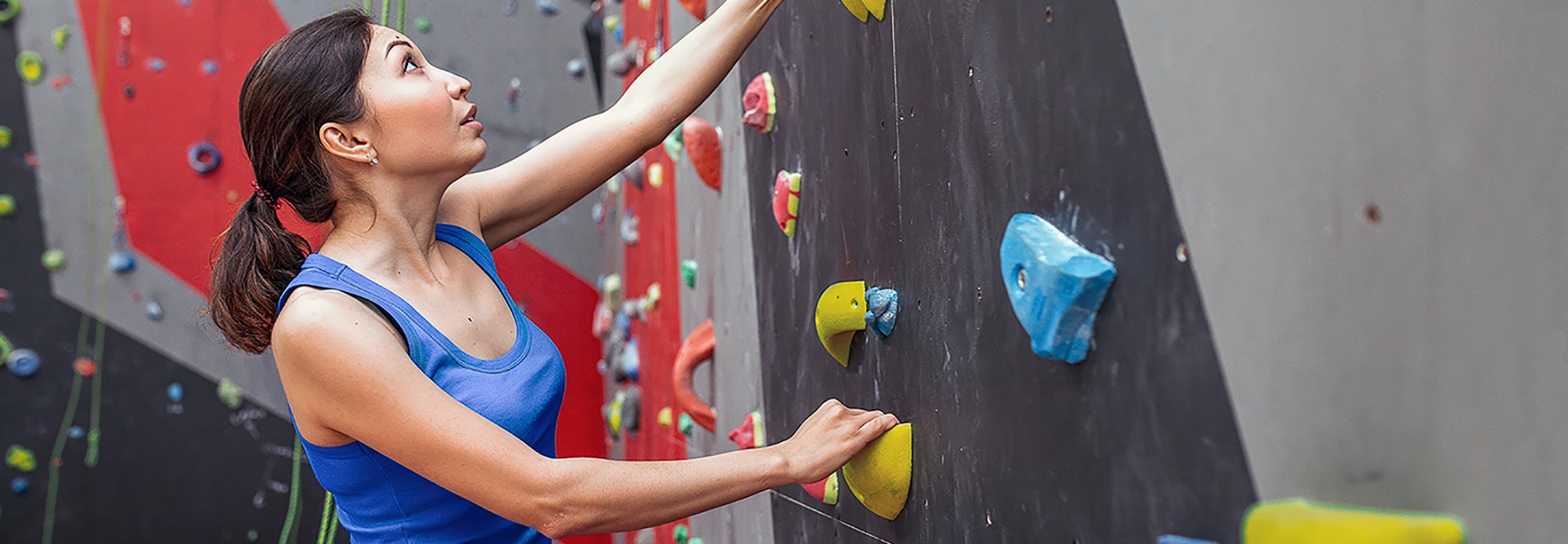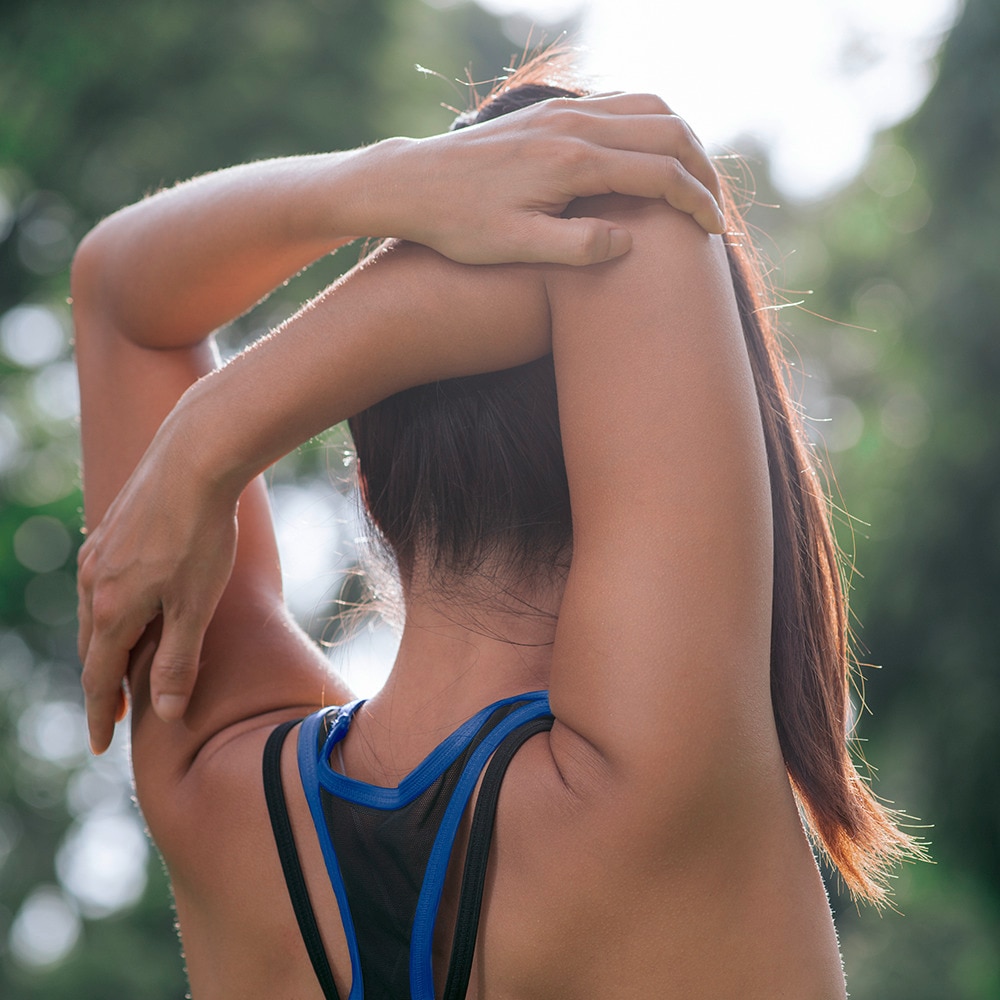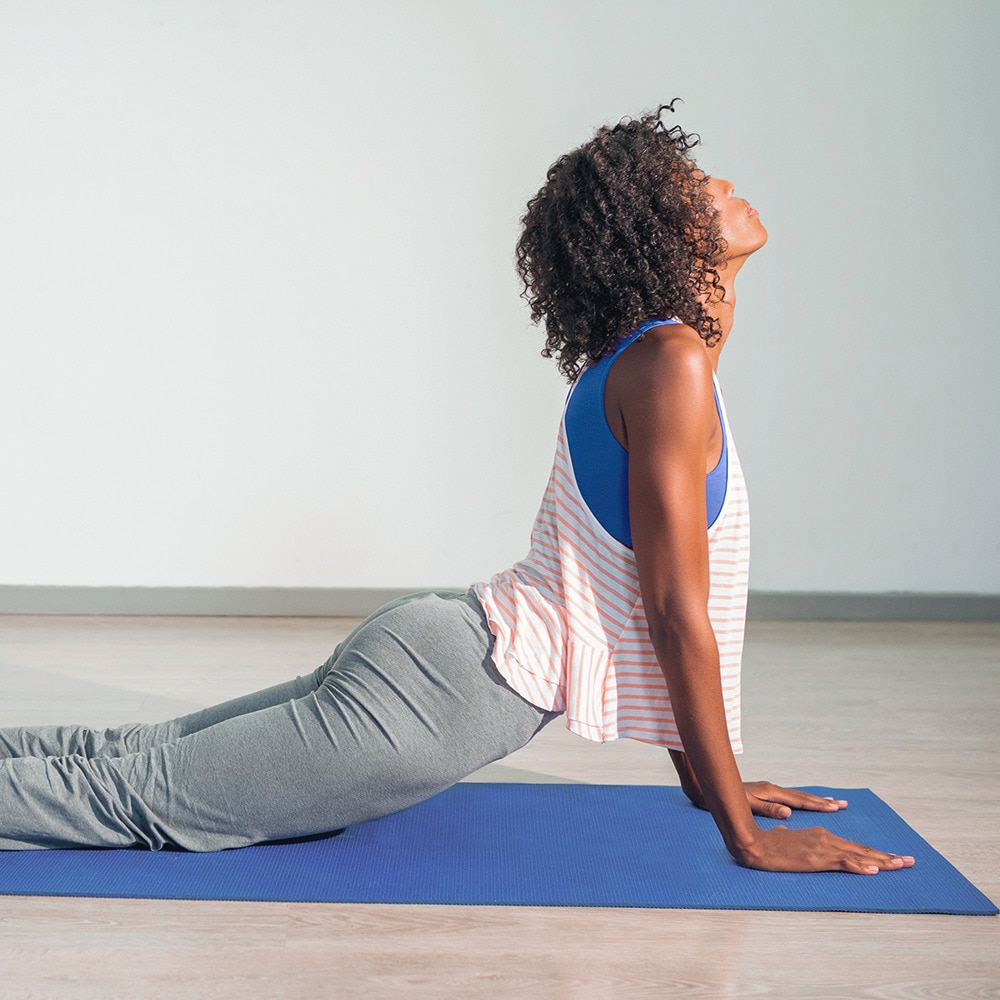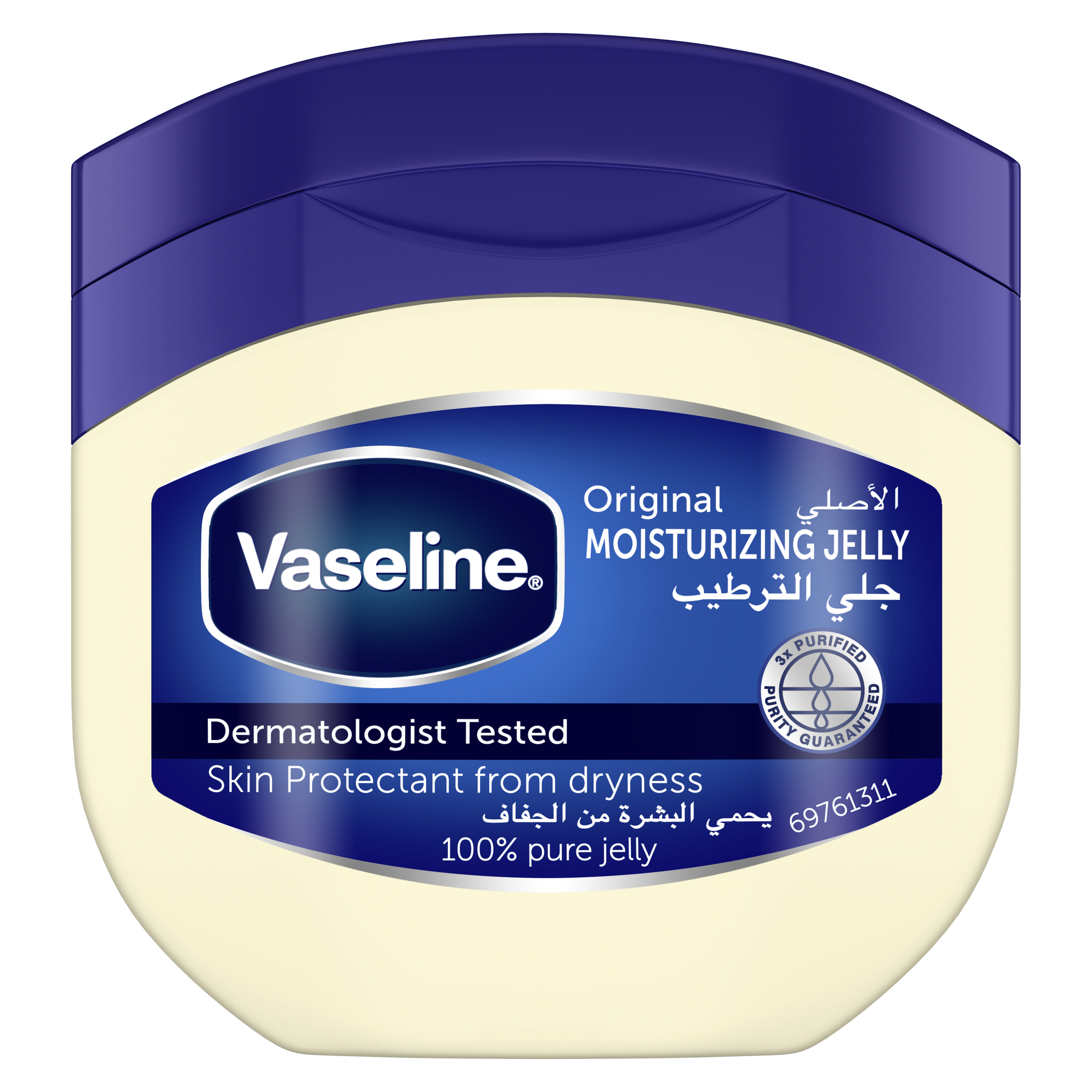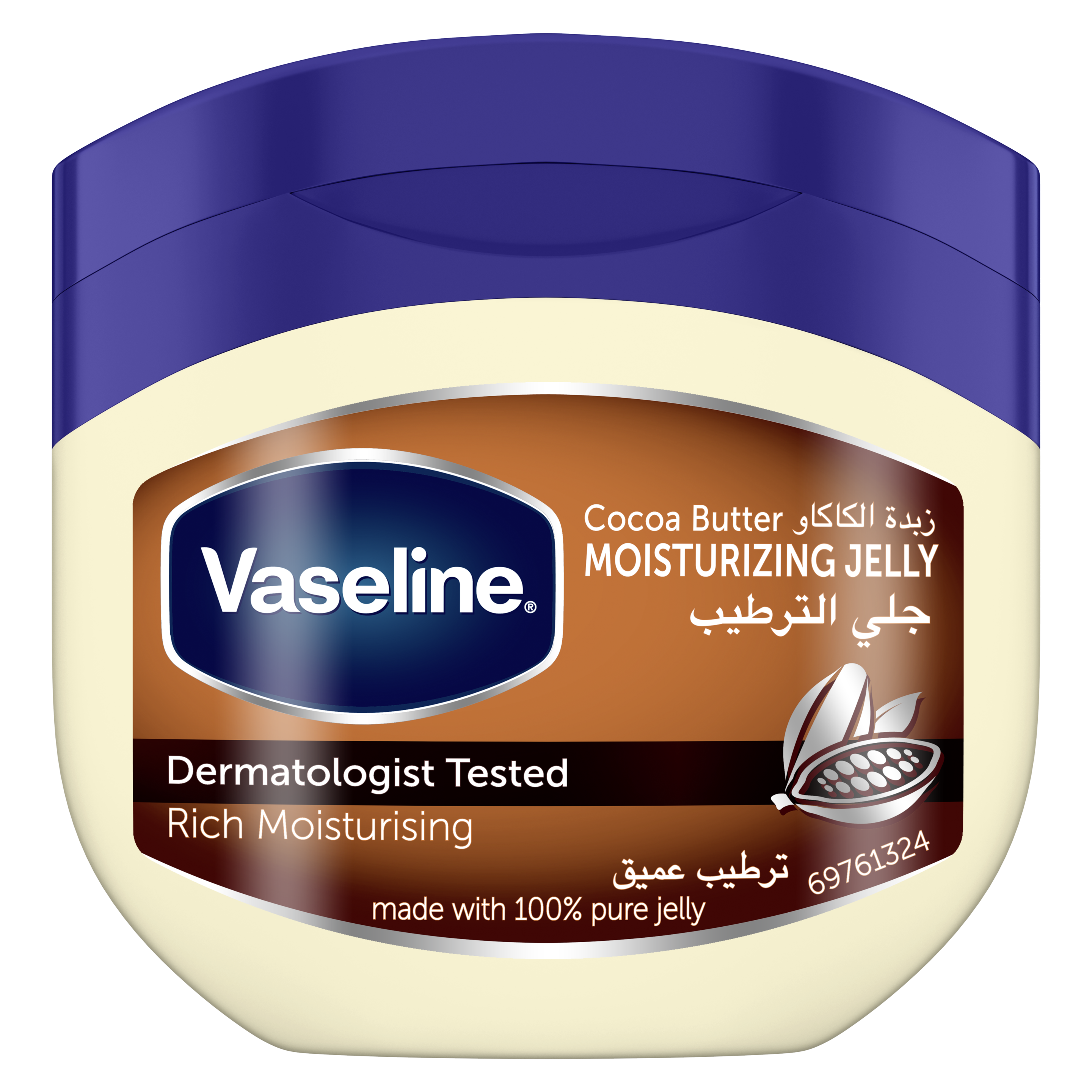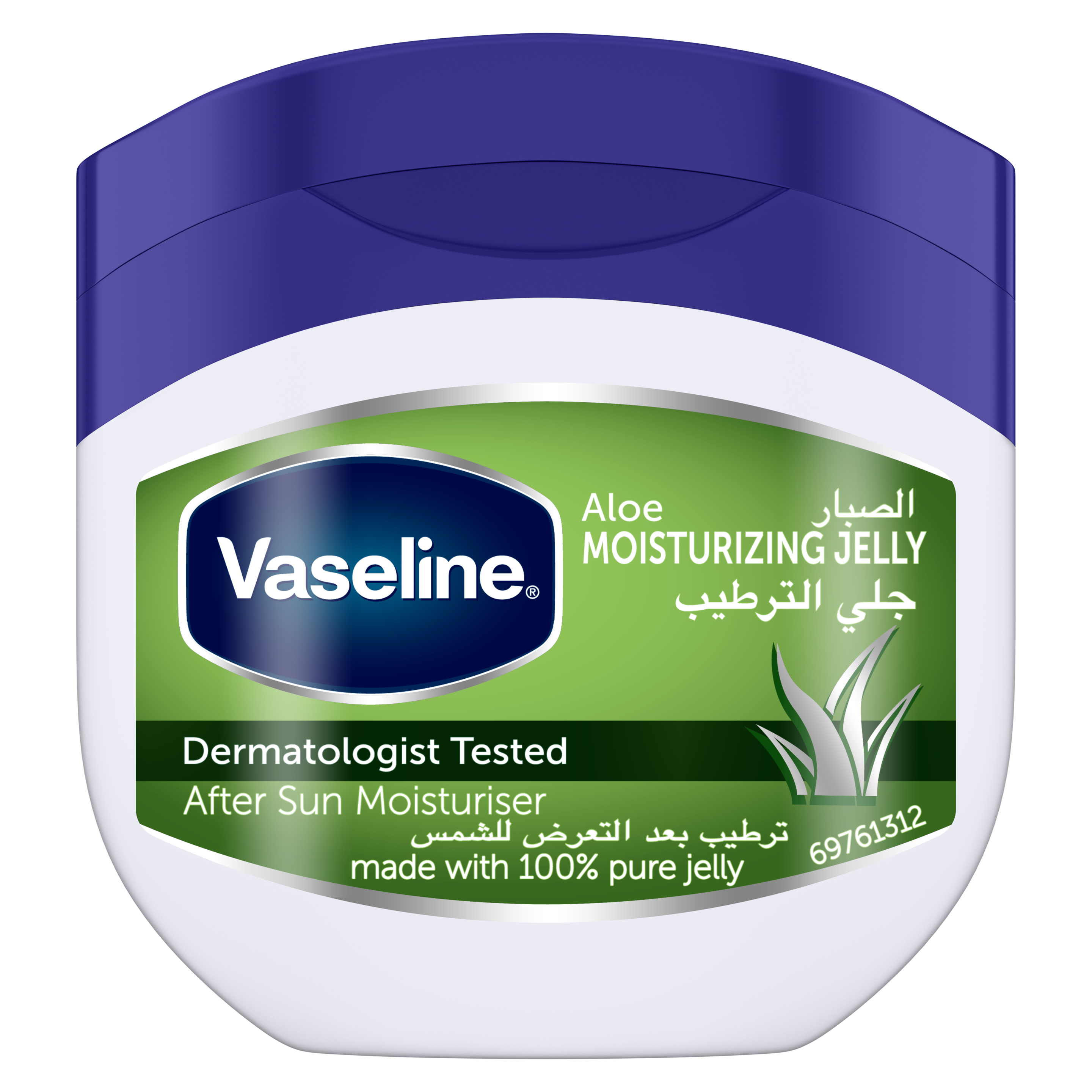Skip to content
How to Heal Dry, Cracked Hands
Easy, effective treatments to heal dry, cracked hands.
Many of us love spending time outdoors – whether it’s building snowmen in the yard with the kids in winter, or tending to garden plants and flowers in the summer. We also know that extreme weather conditions, frequent hand washing, and manual work can lead to dry, cracked hands that can become painful. So it’s important that we learn how to heal cracked hands, replacing lost moisture and keeping our skin looking and feeling great, both inside and out.
Constant use of our hands throughout the day can lead to damage, and once this has happened everything we do with them can make the damage much worse – from doing the dishes to just walking in the cold without wearing gloves. It can sometimes seem like the skin is never going to feel smooth again. Luckily, there are ways to help speed up the dry skin healing process. It’s easy to moisturize and rejuvenate dry, chapped hands and help skin to both look and feel healthy.
Five Tips for Dealing with Cracked Fingers and Hands
- Use the right product:
Washing with harsh soaps can really dry out your skin. Instead, use a mild or moisturizing hand soap to wash your hands, rinsing them under warm water for approximately 20 seconds as usual. Then, take care to dry them thoroughly, especially if you have cracked fingers where water can linger. After washing, apply a good hand lotion that contains healing jelly. The lotion will replace and lock in moisture, working from the inside out to create healthier, healed skin. And don’t forget to choose a non-greasy lotion so your skin feels soft and smooth.
- Protect from the elements, keep moisture in:
When the temperatures drop, the amount of moisture the air can hold also drops – meaning very low humidity levels. Cold temperatures and low humidity rapidly deplete skin of moisture, leading to dry skin – particularly on the most exposed parts of your body, like your hands. To protect your hands from the elements, keep the skin well moisturized and wear gloves. Choose a product that locks in moisture that’s already there and prevents you from losing any more – such as a lotion that contains petroleum jelly or even the original Vaseline® Healing Jelly itself.
- Protect from harsh cleaning agents:
If you have very dry skin on your hands, or you’re suffering with painful, cracked fingertips, be careful how you use your hands. Some everyday activities like cleaning the house can actually make dry skin worse. Cleaning products and other common household items can dry the skin out more, or cause painful stinging. So, when you clean, be sure to wear rubber gloves to protect your skin and prevent irritation from soaps and sprays. Don’t forget to apply a hand lotion with petroleum jelly immediately after cleaning to rehydrate your hands as even wearing gloves can leave them feeling dry.
- Apply a protective layer:
The most valuable secret we can let you in on is this: apply a protective layer of petroleum jelly to your hands. Not only does this tackle moisture loss right at the source, it also helps speed up the healing process by keeping the skin hydrated and by protecting the skin from irritants that could delay the healing process. You can apply this product throughout the day – it’s great for protecting your hands from the weather when you’re out and about, and can help with the skin’s natural renewal process overnight too. The answer to how to heal dry, cracked fingers may already be in your cabinet!
- Moisturize overnight:
If you have very dry hands or cracked skin, then why not try an overnight healing treatment? Before bed, rub a layer of Vaseline® Healing Jelly or Vaseline® Intensive Care™ Deep Moisture Jelly Cream onto your entire hand (including the back and between the fingers). Then, put on a pair of cotton gloves to help seal in the moisture. In the morning, your hands should already feel softer!
Expert Advice
The advice in this article does not constitute medical advice, it is solely available for information purposes.
FEATURED PRODUCTS
- slide 1
- slide 2
- slide 3

